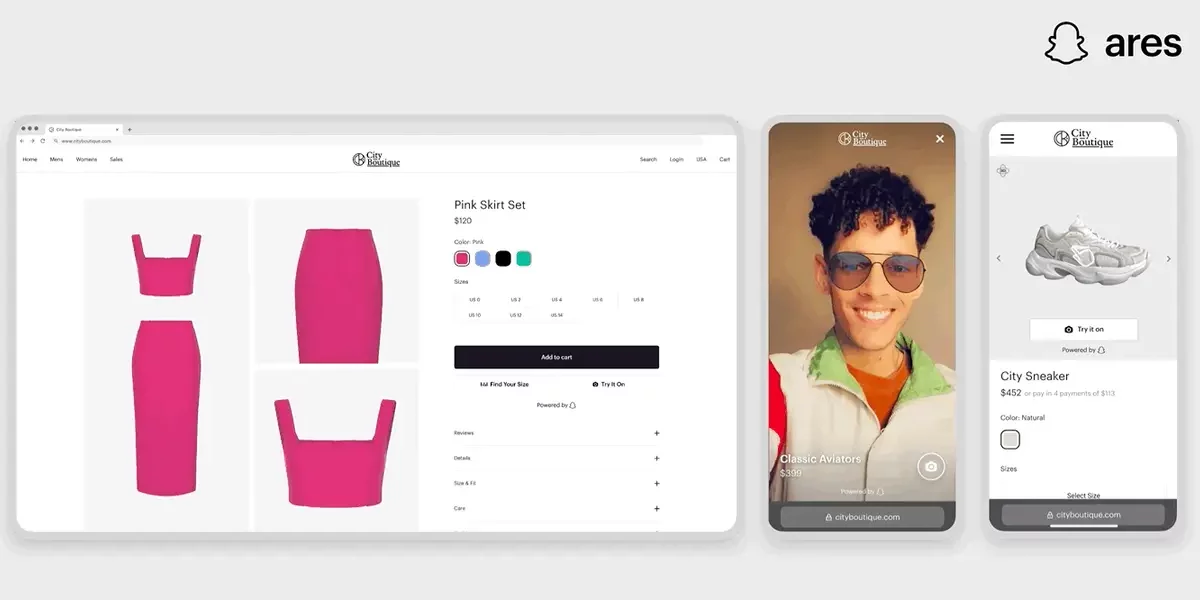They also mercilessly attack small and medium-size businesses online
We all have heard of cybercrime and hacking attacks, but we probably didn’t become more informed about it. Smaller online retailers or website operators, in particular, should address this issue and take action.
So-called DDoS attacks (short for Distributed Denial of Service) are capable of targeting servers so that services can no longer be accessed. Cyber criminals use this method to extort ransom payments from companies.
This isn’t just a major challenge for big companies with a lot of financial backup. Even small business retailers are being threatened and blackmailed. Unfortunately, a simple firewall is no longer enough. Now it is time to fight back. Even though the raiders cannot be destroyed, you can still protect yourself and your server. Both in acute cases, as well as on a permanent basis.
According to PlusServer, there are nearly 8,000 DDoS attacks in a period of six months and they increase by about 25 percent each year. On average, once a company has been compromised, it is being attacked 41 times. These numbers call for action.
DDoS attacks are striking and dirty
DDoS attacks directly attack the server, making them the immediate center of the action. As a result, the server is no longer accessible and the website can also no longer be called up. Initially, this is just a threat to show that the hackers have already infiltrated the system and are now also willing to destroy it, if the ransom isn’t paid. Among other things, they can:
- paralyze the data processing center,
- make an entire website unavailable,
- steal customer data,
- cause losses of sales, reputation, and productivity.
The victim is typically blackmailed via email or a warning message when trying to open the website.
Blocking systems: Defending the server fortress
You can respond swiftly and rigorously to DDoS attacks, depending on the size of the attack. Having said that, the initial golden rule is not to negotiate with the “blackmailer”, don’t wait and see, don’t pay the ransom, but seek professional help as fast as you can. In doing so, the nightmare can be over within 24 hours.
And all of it with the help of external blocking systems. Simply put, all traffic of the targeted website is analyzed as fast as possible (depending on the size) via external centers using a variety of technologies. Bad traffic is then blocked and sent back via separate lines. Depending on the option, this is done with all traffic in an infinite loop or just in precarious situations.
Those who have been attacked once are likely to be more frequently on the invader’s radar.
Small and medium-size companies worry about costs
Small businesses, in particular, don’t have their own designated IT department in charge of protecting against DDoS attacks. That means an external agency must tend to this matter.
Needless to say, the cost and variety of available systems are nearly limitless. One possible solution is a system that monitors incoming web traffic throughout the year, thereby making an attack impossible right from the start. However, small and medium-sized enterprises are neither able to afford this option nor is it truly necessary.
Thanks to different providers, who deliver a variety of options, there is a solution for every budget. In addition to a service provider that offers protection against severe attacks or a cloud security solution shared with other customers, there is also the option of a kind of prepaid card, from which a previously determined sum is deducted for each attack. This is one way of protecting your server even on a smaller budget.
Author: Nora Petig
First published on iXtenso.com – Magazine for Retailers




















